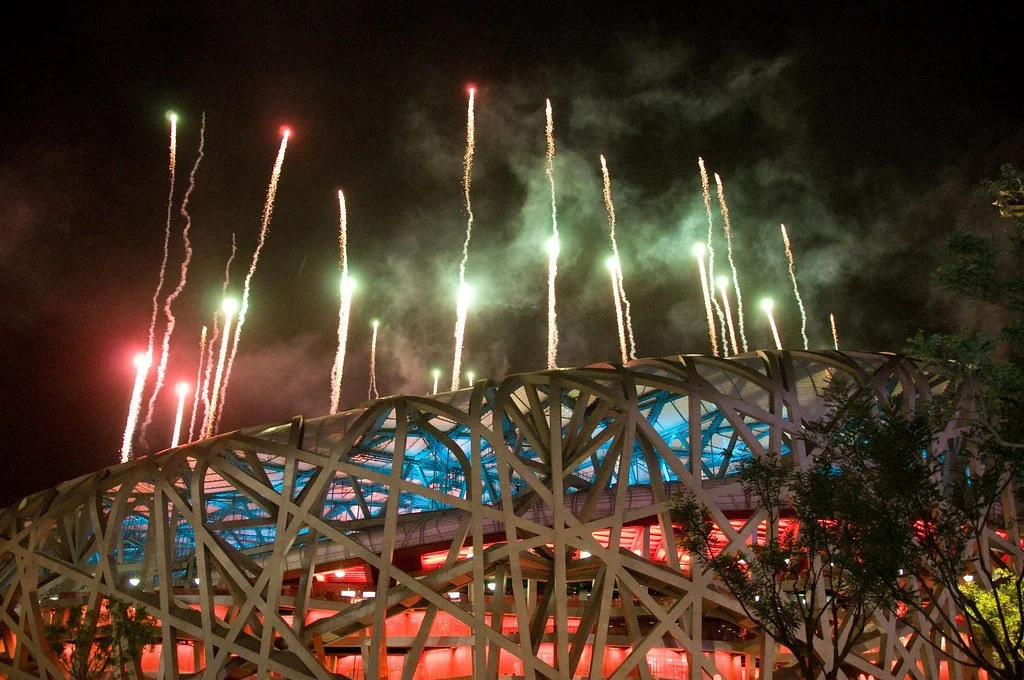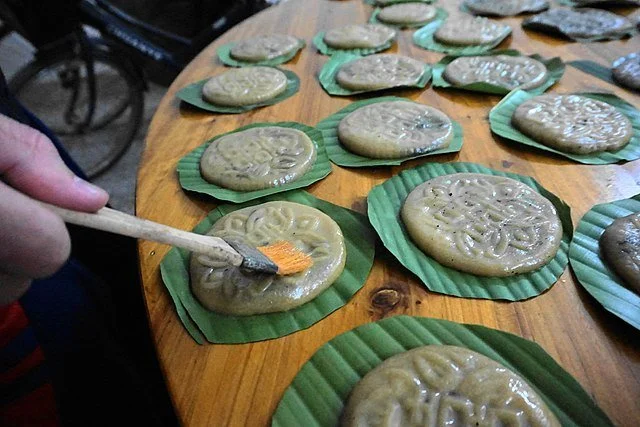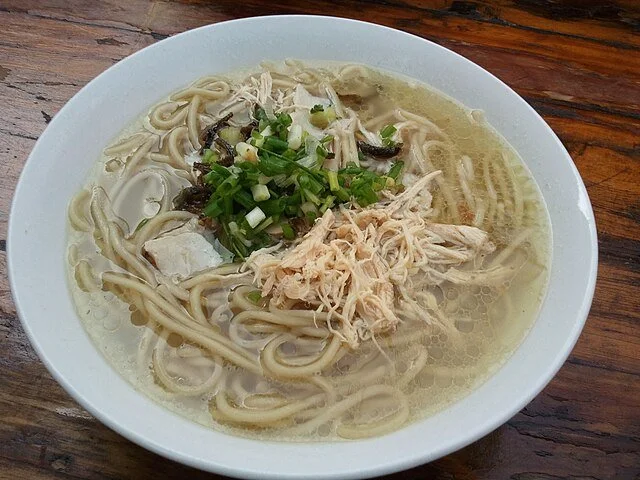Falling on Jan. 29, 2025, the Lunar New Year is a time of celebration across China, commemorated by unique traditions found in each of its culturally diverse regions.
Fireworks in Beijing. kenyee. CC BY-NC-ND 2.0.
January marks New Year’s celebrations for countries across the world. While the traditional Gregorian calendar has been most commonly used to delineate this transition in the West, many other communities have their own traditions for defining the new year, based instead on lunar or solar calendars. One such example is the observance of the Lunar New Year throughout Asia. Particularly in China, where this festival is considered one of the country’s most important, it is also known as the “Spring Festival,” a celebration of the new season. The holiday begins on the second new moon after the winter solstice, usually falling between January and February according to the traditional Chinese Lunisolar calendar. This period lasts two weeks and ends with the Lantern Festival, marking the first full moon of the lunar year. During this time, regions across China take part in their own customs commemorating the seasonal change.
Making Niangao Rice Cakes in Guangdong. DragonSamYU. CC BY-SA 4.0.
One difference between these regions is the kinds of food that are eaten. In Northern China, dumplings or jiaozi are traditionally served as a main dish. Loosely meaning “transition from old to new,” jiaozi resemble ancient Chinese gold ingots when made, signifying good fortune and prosperity for the upcoming year. In Southern China, the sweet rice cake niangao, is commonly enjoyed. The word “niango” is homograph, also a way of saying “year high” in Chinese. Consuming the sweet represents a wish for a better year.
Chicken Soup in Hubei Province. Popolon. CC BY-SA 3.0.
Tangyuan, a small, sweet dumpling made of rice flour, is eaten in Eastern China. Its circular shape symbolizes unity, evoking the word for “reunion.” People in Central China, namely in the Hubei Province, feature chicken in much of their cuisine. Consumption of the animal’s different parts represents various attributes of one’s family: chicken feet reflect labor productivity and chicken wings signify “soaring to great heights.”
Paper Cutting in Northeast China. Rowingbohe. CC BY-SA 4.0.
Decorations and activities are also important in commemorating the coming of a new year. Originating in North China, paper cutting is integral to the culture. The craft consists of red paper cut into intricate patterns, displayed on windows as a sign of wishes and hopes for the new year. Additionally, communities in both North and East China celebrate by coming together with family or by watching fireworks, an old custom used to drive away evil spirits.
Potted Kumquat Plants. Bùi Thụy Ðào Nguyên. CC BY-SA 3.0.
Alternatively, those in Southern China plant kumquats on New Year's, as the fruit’s yellow color exemplifies a desire for wealth and prosperity. The Spring Festival Gala, a popular televised variety show broadcast during the holiday, is viewed by people across the country, however, it is much more popular in Northern China than in the South. The Muslim population of Western China does not typically celebrate the Lunar New Year, with many instead observing Nowruz, a festival celebrating the first day of Spring according to the Persian calendar.
Julia Kelley
Julia is a recent graduate from UC San Diego majoring in Sociocultural Anthropology with a minor in Art History. She is passionate about cultural studies and social justice, and one day hopes to obtain a postgraduate degree expanding on these subjects. In her free time, she enjoys reading, traveling, and spending time with her friends and family.






